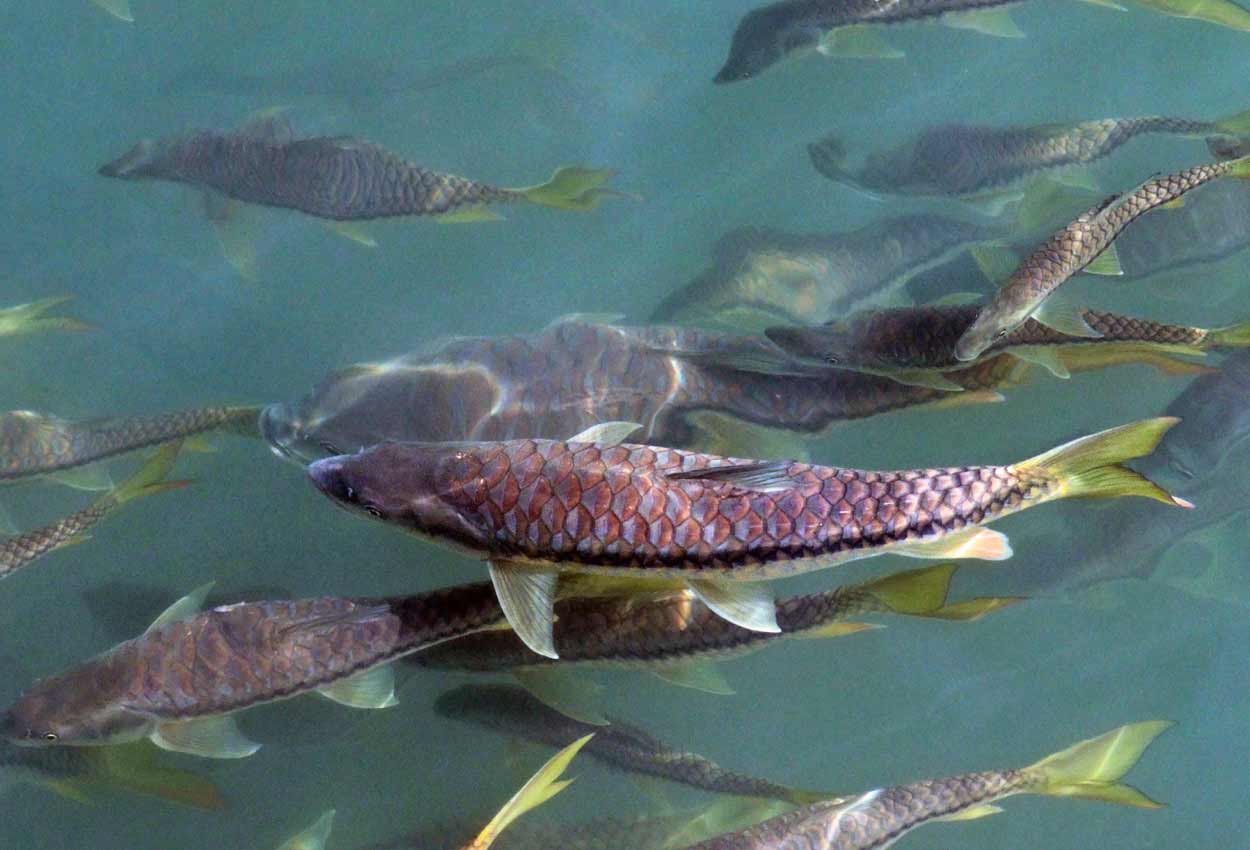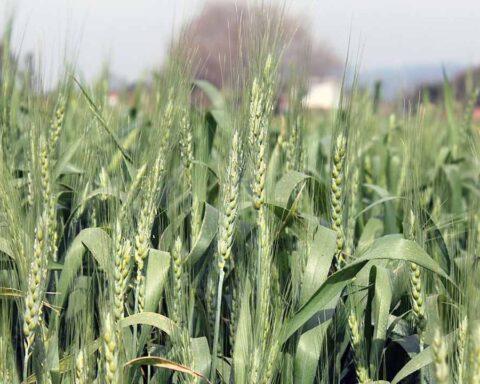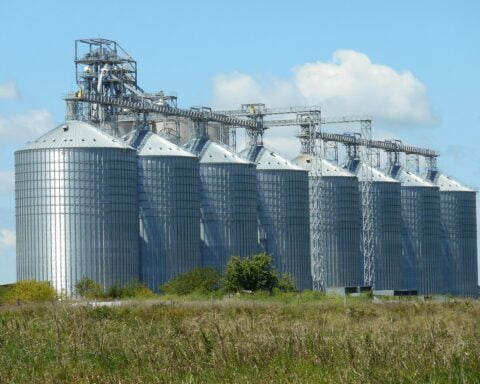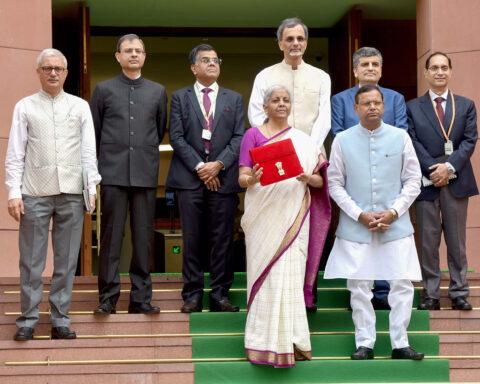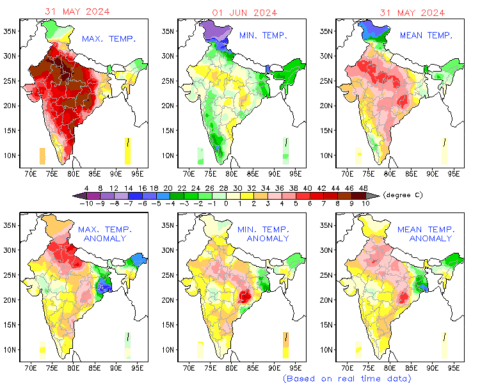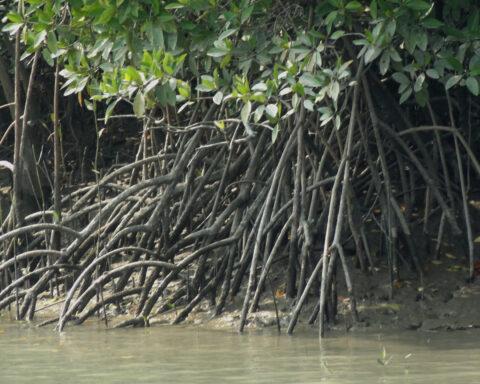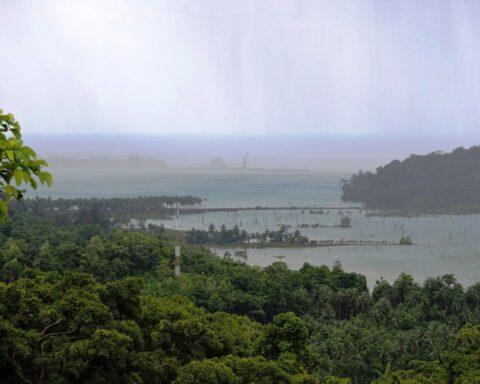Considerable attention was paid by the Indian media to the grim finding of the latest Living Planet report that global wildlife populations had dropped by 69% over the past half-century. However, what did not catch its eye was another equally worrying part of the report that found that the numbers of freshwater migratory fish had declined by as much as 76% during the same period. This cannot be treated as an isolated case, as the report points out that though migratory fish are disproportionately more threatened, overall, one in three of all freshwater species are threatened with extinction, including some varieties of river dolphins and turtles.
This is clearly an indicator of the poor health of river ecosystems that in turn poses a threat to the availability of freshwater for humans, particularly in Asia, which is home to just about half the world’s population. Though rivers account for a very small portion of the world’s freshwater source, a very large number of people are dependent on them for their drinking water and food needs. Ten Asian rivers that originate in the Himalaya, for example, flow downstream to the vast plains of the continent, and their deltas, serving the livelihood needs of cumulatively two billion people. Three of these rivers flow through the Indian subcontinent.
Given the dominance of sea fish as a source of food, freshwater fish have rarely received the publicity reserved for whales, sharks and dolphins, with a few exceptions. Among the exceptions, only two iconic Asian fishes have been mentioned in the Living Planet Index (LPI) report—the Mekong Giant Catfish of Indo-China and the Golden Mahseer of India. Both species are known as potamodromous or fish that migrate only in freshwater. The Living Planet report has collected the bulk of the data in this category from Europe and North America. Data about most freshwater species in Asia remains scant.

